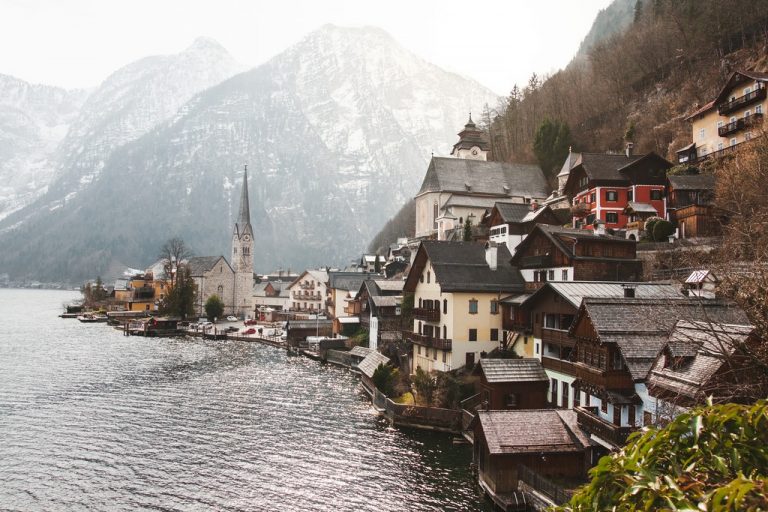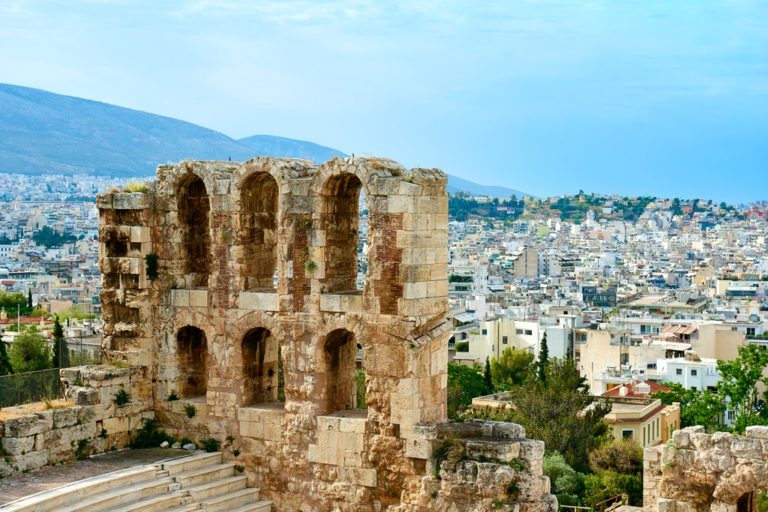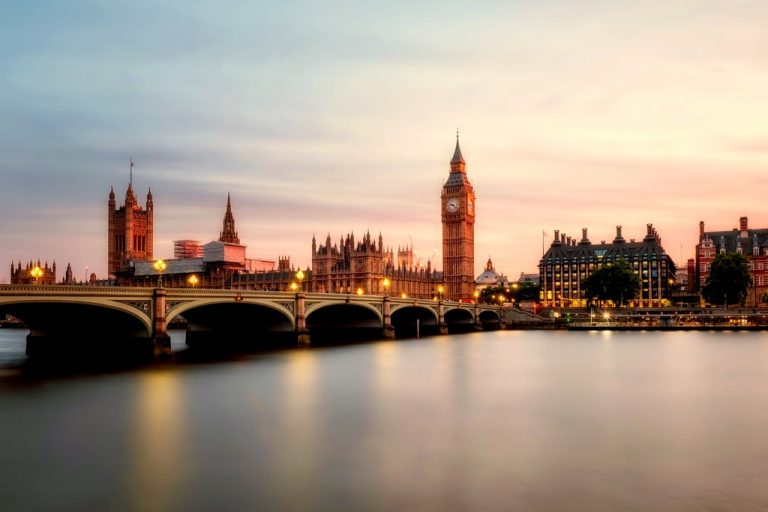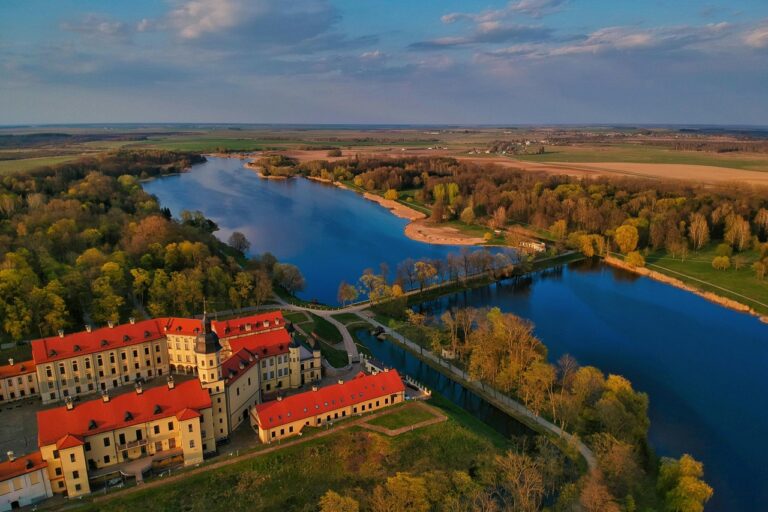Romania is a nation of diversity located in southeastern Europe. It is best known for its Carpathian mountains that house the Transylvania region and its fortified castles and churches that are absolutely enjoyable to explore.
Have you heard of the Dracula legend? Well, Romania is where it all started.
As one of the best destinations to travel in Europe, the country has so much to offer: spectacular landscapes, food, history, beautiful people, and yes, even a few quirkier sights than you might find elsewhere.
The country was controlled by the Soviet troops in 1944 and was the satellite of the Union of Soviet Socialist Republics (U.S.S.R) in 1984. Then it was under communist rule till 1989.
Romania became a member of the North Atlantic Treaty Organization (NATO) in 2004 and the European Union (EU) in 2007.
Romans highly influence the country’s ethnicity and cultural attributes.
Romania is one of the safest countries to travel to in Central and Eastern Europe. It is the 26th safest country in the world according to the Global Peace Index.
Geography
Ukraine borders Romania to the north, whereas Bulgaria bounds the country to the south, Moldova to the northeast, the Black Sea to the southeast, Hungary to the west, and Serbia to the southwest.
Romania has a diverse topography and geology alongside flora and fauna.
It has several geographical regions, such as the Walachia. Dobruja, Moldavia, Banat, and the iconic Transylvania.
Its complex geography features the Transylvanian Basin around which the Carpathian Mountains and its subranges form a series of crescents.
These Carpathian Mountains are further divided into the Eastern Carpathians, Western Carpathians, and Southern Carpathians.
The volcanic crater of St. Ana Lake houses rich mineral resources like copper, lead, zinc, and mineral-water springs used in several health resorts.
The highest elevation in Romania is at 8,346 feet in the peaks of Mount Moldoveanu.
The Eastern Carpathians are where lowland depressions are located. It is where agriculture and industry are concentrated.
However, the country lies in an active earthquake zone, where the three tectonic plates meet. As a result, the country has faced considerable damage during the devastating earthquakes of 1940 and 1977.
Climate
The country has a temperate climate.
It has humid Atlantic climatic characteristics in the center and west regions, whereas the continental influences of the East European Plains prevail in the southeast areas.
Sub-Mild Mediterranean climate occurs in the extreme southeast of Romania.
In terms of precipitation, the country gets on an average of 640 mm of rainfall annually. The Carpathian regions have rain reaching about 1,400 mm.
To make it easily understandable for you, Romania has four seasons:
- Spring (March to May)
- Summer (June to August)
- Autumn (September to November)
- Winter (December to February)
Nature and Wildlife
Forests cover the country’s one-fourth of the land. Oak trees dominate the higher regions of the country alongside beeches and conifers.
You can find alpine and sub-Alpine pastures in the highest elevations of Romania.
The plains have agricultural lands that have been used for human settlement for centuries.
Romania also has a rich animal life. There are brown bears, wolves, foxes, red deer, lynx, marten, and wild pigs in the country’s forests.
Birdlife is also equally diverse.
You can find chamois and eagles at the Alpine heights of the Carpathians. The forests house songbirds whereas, deltas houses hundreds of bird species ranging from pelicans, wild geese, ibis to flamingos.
It also has impressive fish life.






